Lunar New Year 2021
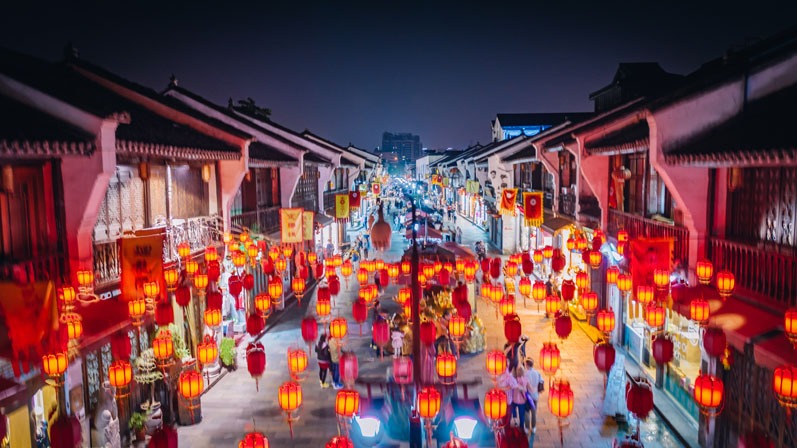

Chinese Festivals and Events , Lunar New Year Date, Spring Festival Traditions
By FercilityUpdate Jan.18.2021
Chinese New Year, also known as Lunar New Year or Spring Festival,is China’s most important festival. It is time for families to be together and a week of an official public holiday.
Chinese New Year 2021 falls on Friday, February 12, 2021, beginning a year of the Ox. China’s public holiday will be February 11–17, 2021.
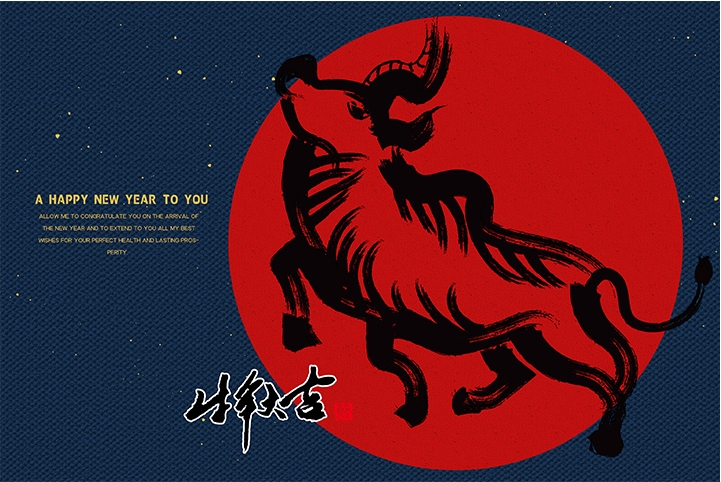 2021 is a Year of the Ox.
2021 is a Year of the Ox.
Chinese New Year Quick Facts
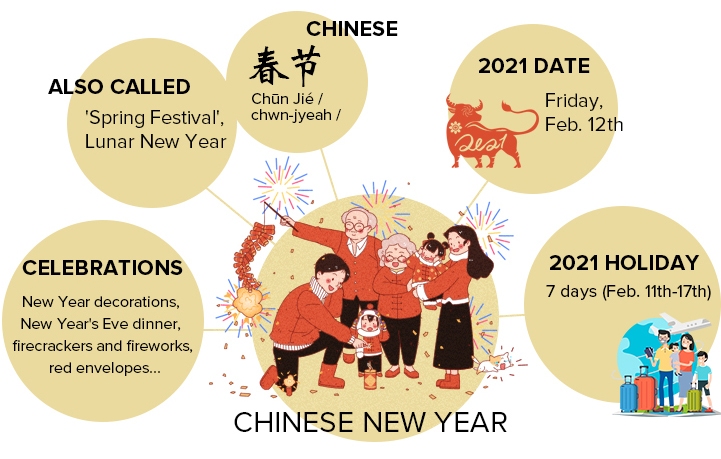
Chinese New Year Dates
Chinese New Year falls on Friday, February 12 in 2021.
The date of the Chinese New Year is determined by the lunar calendar: the holiday falls on the second new moon after the winter solstice on December 21. Thus, each time the New Year in China falls on different dates of the usual Gregorian calendar, between January 21 and February 20.
The important dates during the period of Chinese New Year 2021:
| Solar Date | Lunar Date | Title |
|---|---|---|
| February 4th, 2021 | December 23rd | Little Year |
| February 11th, 2021 | December 30th | Chinese New Year’s Eve |
| February 12th, 2021 | January 1st | Chinese New Year (Spring Festival) |
| February 26th, 2021 | January 15th | Lantern Festival |
See more about Chinese New Year celebration calendar.
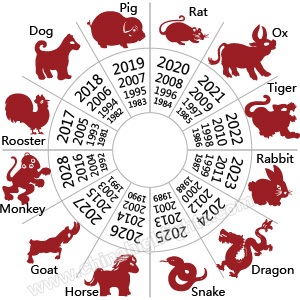 The Chinese zodiac gives each year an animal sign.
The Chinese zodiac gives each year an animal sign.
Chinese New Year 2021 is a Year of the Ox
In popular Chinese astrology, Chinese New Year (Spring Festival) is important… For Chinese people, years begin at Chinese Lunar New Year, rather than January 1!
- 2021: A year of the Ox will start on February 12th.
- 2022: A year of the Tiger will start on February 1st.
- Find out your Chinese New Year horoscope from our Chinese Zodiac pages.
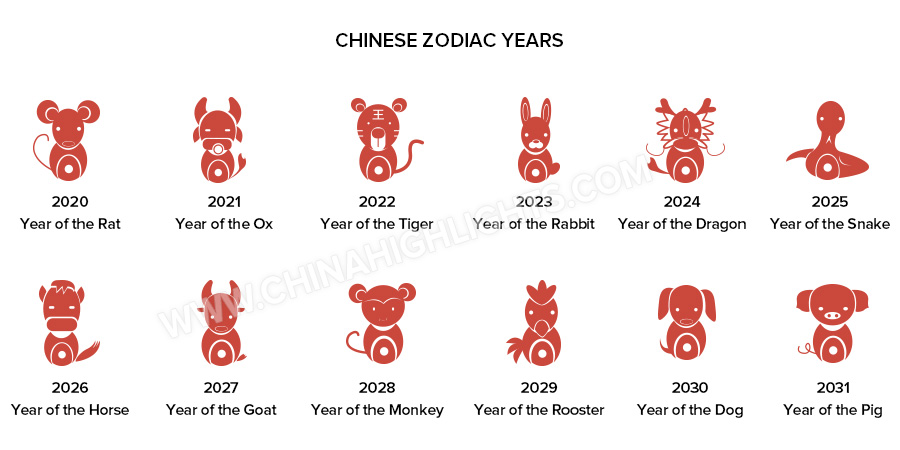
Why is it called the Spring Festival?
Though being in winter for most of China, the Chinese New Year is popularly known as the Spring Festival in China. Because it starts from the Beginning of Spring (the first of the twenty-four terms in coordination with the changes of Nature) and marks the end of winter and the beginning of spring.
The Spring Festival marks a new year on the lunar calendar and represents the desire for a new life.
Chinese New Year Greetings
One of the most famous traditional greetings for Chinese New Year is the Cantonese kung hei fat choi, literally ‘greetings, become rich’. In Mandarin that’s gongxi facai /gong-sshee faa-tseye/.
Chinese New Year’s History
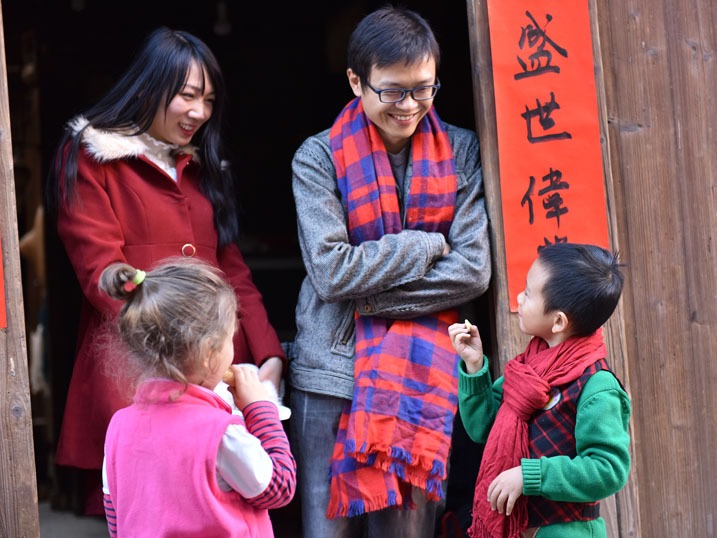 Preparing a WeChat red envelope.
Preparing a WeChat red envelope.
The festival has a history of over 3,000 years. Celebrations on lunar New Year’s Day can be dated back to the ancient worship of heaven and earth. Over the centuries new traditions were added and celebrations became more entertainment-orientated. Read more on Chinese New Year History.
In 1967 food was rationed, and there was no money! Greetings were full of Communist fervor. Now people eat out for Chinese New Year, send e-money, and greet with instant messages on WeChat (the most popular app in China).
Chinese New Year Customs — How do Chinese people celebrate the CNY
The main Chinese New Year activities include 1) putting up decorations, 2) eating reunion dinner with family on New Year’s Eve, 3) firecrackers and fireworks, and 4) giving red envelopes and other gifts. These four things are introduced below.
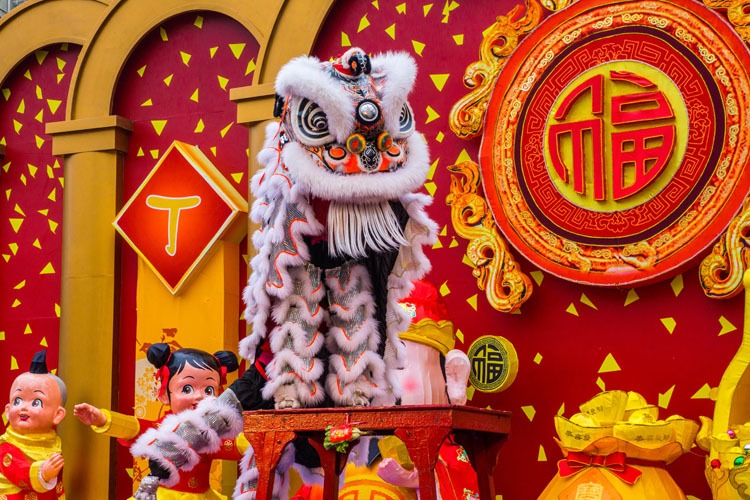 Chinese New Year Lion Dance
Chinese New Year Lion Dance
Public celebrations: In many Chinese cities, from New Year’s Day, traditional performances can be seen: dragon dances, lion dances, and imperial performances like an emperor’s wedding. A great variety of traditional Chinese products are on offer, and rarely seen Chinese snacks. City parks and temple fairs are the places to go for this.
1. Chinese New Year Decorations — Lucky Red Items
Every street, building, and house where Spring Festival is celebrated is decorated with red. Red is the main color for the festival, as red is believed to be an auspicious color.
Red Chinese lanterns hang in streets; red couplets are pasted on doors; banks and official buildings are decorated with red New Year pictures depicting images of prosperity.
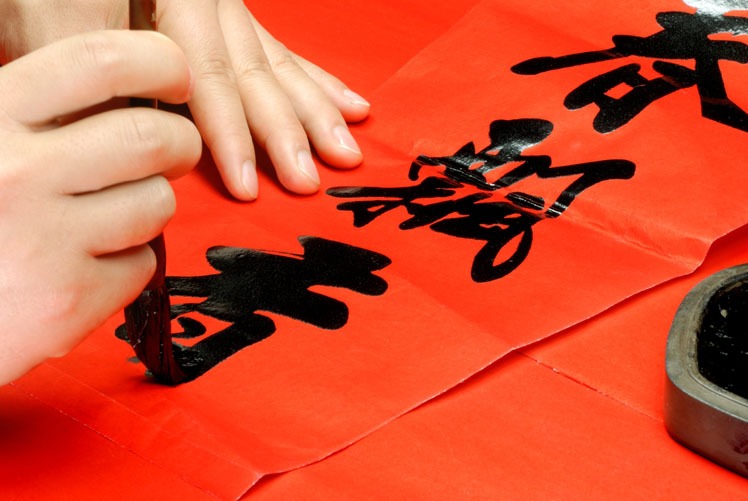 Chinese New Year Red Couplets.
Chinese New Year Red Couplets.
Most public decoration is done a month before, but home decoration is traditionally done on Chinese New Year’s Eve.
As 2021 will be a year of the Ox, decorations related to rats will be commonly seen. Look out for red rat dolls for children and New Year paintings with ox on.
See How to Decorate for Chinese New Year: The Top 7 Decorations.
2. Chinese New Year’s Eve — Family Time
Chinese New Year (Lunar New Year) is a time for families to be together. Chinese New Year’s Eve is the most important time. Wherever they are, people are expected to be home to celebrate the festival with their families.
The Chinese New Year’s Eve dinner is called ‘reunion dinner‘, and is believed to be the most important meal of the year.
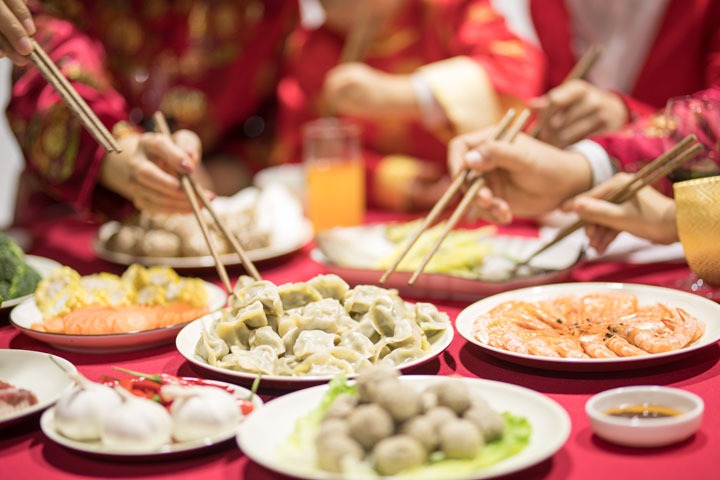 New Year dinners have many meaningful dishes.
New Year dinners have many meaningful dishes.
Like people waiting in New York Time Square to see the ball dropping, Chinese people have the custom of staying up late on Chinese New Year’s Eve to welcome the new year’s arrival.
After reunion dinner, families normally sit together to watch the Spring Festival Gala, one of the most watched TV shows in China. At the same time, most people send WeChat red envelopes or short messages to acquaintances by phone.
3. Firecrackers and Fireworks at Chinese New Year
It has long been a Chinese tradition to set off firecrackers from the first minute of their new year. Fireworks have increasingly been added to the cacophony. From public displays in major cities to millions of private celebrations in China’s rural areas, setting off firecrackers and fireworks is an indispensable festivity.
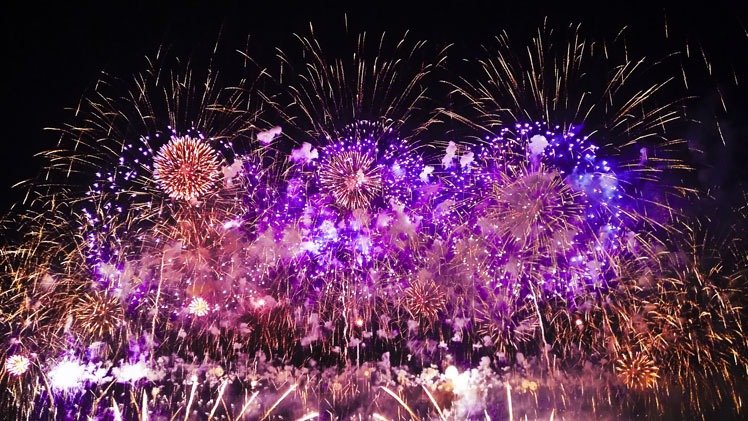 Chinese New Year’s Eve Firework
Chinese New Year’s Eve Firework
Billions of fireworks go up in China at 12am Chinese New Year, the most anywhere at any time of year.
4. Chinese New Year Gifts and Red Envelopes
Like at Christmas in other countries, people exchange gifts during the Spring Festival. In rural areas and for older people the New Year gift giving tradition is still strong, but increasingly younger people prefer just to receive red envelopes (by hand or electronically).
 At New Year red envelopes are customary in China.
At New Year red envelopes are customary in China.
The most common New Year gifts are red envelopes. Red envelopes have money in, and are believed to bring good luck because they are red. They are given to children and retirees. Customarily only employers give red envelopes to working adults.
See How Much Money Goes Inside in Red Envelopes.
Practical Guide: How to Celebrate the Chinese New Year
Businesses and public institutions in China take a 7-day Chinese New Year holiday, but those who need to (like us) will have some staff on duty. However, most large malls, tourist attractions, public transport, hotels, and restaurants will open as usual, or even stay open longer! Also see when transport will be overloaded and when local customs are due to happen.
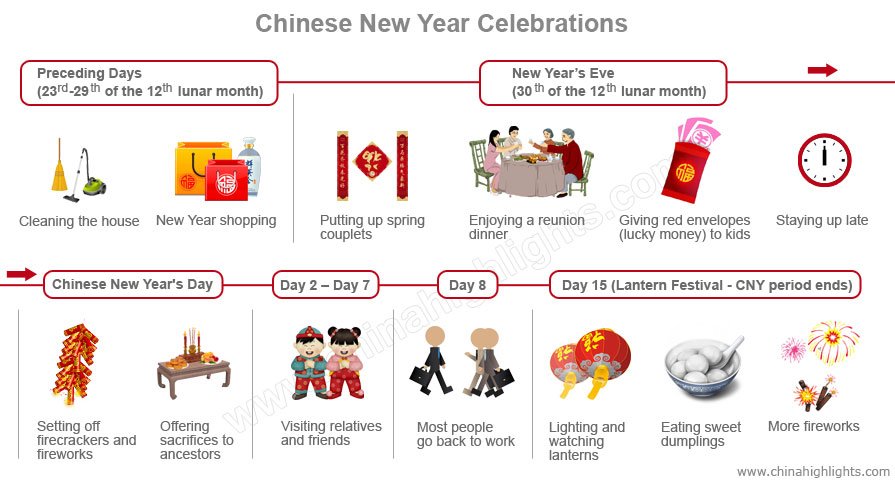
| Date (2021) | At Home and in the Streets | Transport | At Work / What’s Open |
|---|---|---|---|
| Feb. 4 – 10 | Streets decorated, cleaning, shopping, school holidays from Jan. 27. | Crazy busy: homeward journeys | End of year events; winding down |
| Feb. 11 (CNY’s Eve) | Homes decorated, reunion dinner, firecrackers, CCTV New Year Gala | Better, but locally busy | Most shops closed by the afternoon; businesses close |
| Feb. 12 (CNY’s Day) | 12am, dawn, dusk: fireworks, firecrackers; family gifts, red envelopes; greetings | Quiet | No offices/banks open; only big malls open |
| Feb. 13 (CNY day 2) | Visiting nearby friends or relatives, firecrackers for guests and before dinner | Quiet | Most govt. offices shut; only big malls open. |
| Feb. 14 (CNY day 3) | Visiting friends and relatives in the city or friends and family in nearby villages | Locally busy, otherwise okay | Limited govt./bank services; only big malls open. |
| Feb. 15–16 (CNY day 4–5) | Visiting friends and relatives, or relaxing/traveling / returning to work. | Very busy: city return journeys begin | Limited govt./bank services; some shops reopen. |
| Feb. 17 (CNY day 6) | The public holiday period ends. China prepares to go back to work. | Very busy: more city return journeys | Some businesses reopen a day early. |
| Feb. 18–26 (CNY days 7–15) | Life returns to normal; schools reopen Feb. 28; decorations up till Lantern Festival (Feb. 26). | Crazy busy: return travel rush | Business as normal by CNY day 8 (Feb. 19). |
What Chinese Eat for New Year’s Eve — Foods with Lucky Meanings
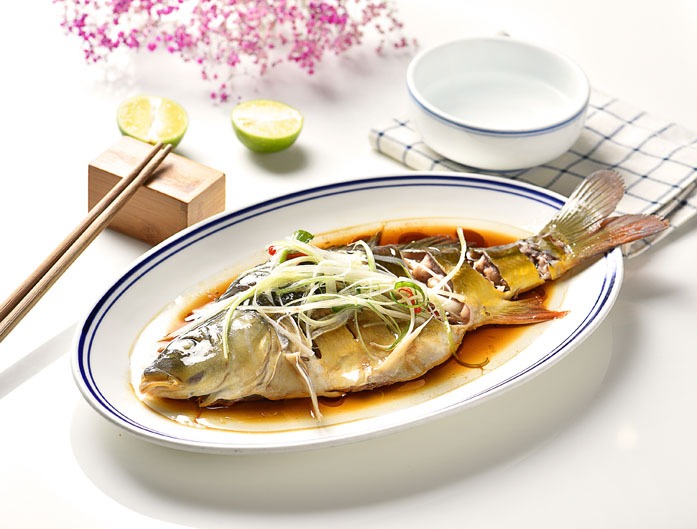 Fish is a must for the Chinese New Year reunion dinner.
Fish is a must for the Chinese New Year reunion dinner.
Food for the New Year emphasizes lucky symbolic meanings such as fish, which sounds like the Chinese word for ‘surplus’. These foods are eaten during the 16-day festive season, and particularly for the New Year’s Eve family reunion dinner.
The luckiest Chinese New Year foods (and their symbolic meanings) are:
- Fish (an increase in prosperity)
- Chinese dumplings (great wealth)
- Glutinous rice cake (a higher income or position)
Read more on 7 Lucky Chinese New Year Foods and The Top 11 Chinese New Year Desserts.
Chinese New Year Superstitions — Things You Must/Mustn’t Do
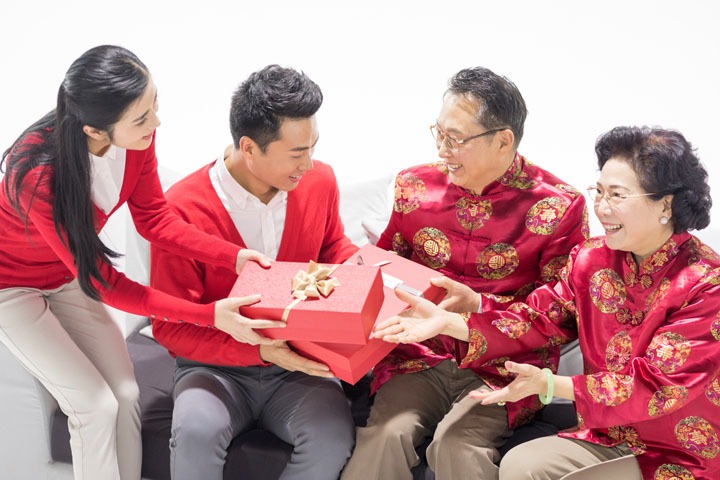 Lucky red, round Chinese New Year lanterns with lucky Chinese characters on are very popular.
Lucky red, round Chinese New Year lanterns with lucky Chinese characters on are very popular.
In China, people are becoming less superstitious, but Chinese people traditionally believe that the year’s start affects the whole year, so the Chinese Spring Festival is a season of superstitions. It’s believed that what something looks like (color, shape), and what its name sounds like, gives it auspicious or ill-fated properties.
The Luckiest Things to Do at Chinese New Year
- Giving money/gifts in lucky numbers and lucky red packaging with lucky greetings.
- Eating lucky food like fish on New Year’s Eve, especially carp or catfish with some left over for New Year’s Day.
- Lighting lots of red firecrackers and fireworks to scare away evil and bring good luck.
The Unlucky Things to Do at Chinese New Year
- Having an accident, especially if it means hospital visits, crying, and breakages: all bad omens.
- Giving gifts with unlucky meanings, colors, words, or numbers, or even saying something inauspicious.
- Sweeping up on New Year’s Day: don’t “sweep all your luck away”.
See more on Chinese New Year Taboos.
Chinese New Year Travel — Top Tips from Our Experts
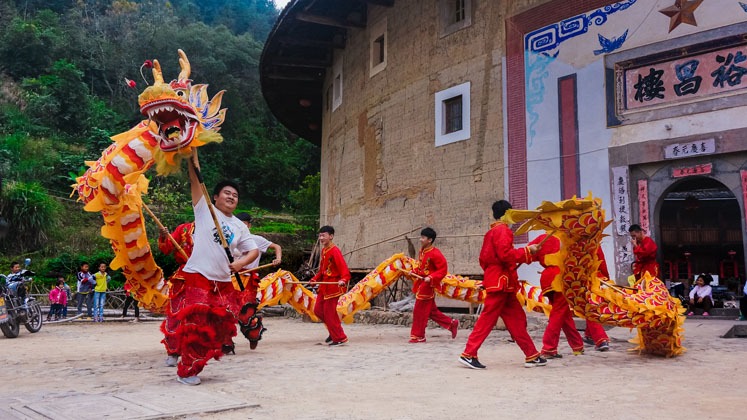 At Chinese New Year, you can see many things in China that you wouldn’t normally, like dragon dances.
At Chinese New Year, you can see many things in China that you wouldn’t normally, like dragon dances.
The festive period is one of the best times of the year to interact with Chinese people, and experience the local culture. However, it is also the busiest time of the year on China’s transportation network. So, you might want to avoid the transport stress or seek out China’s New Year culture, or both…
(We encourage you to find creative ways to share the content or images with your friends, family, colleagues and communities, provided that you acknowledge the copyright along the lines of “Copyright chinahighlights.com.”)



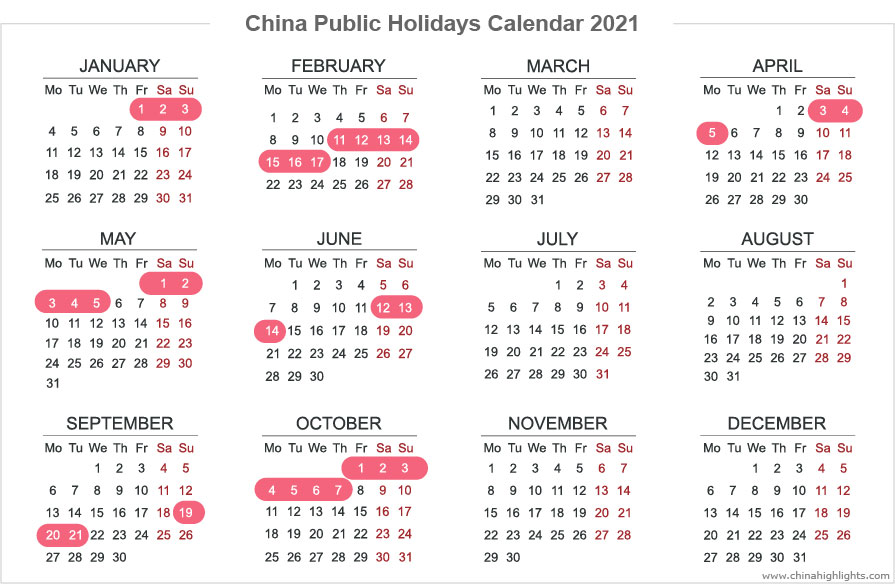
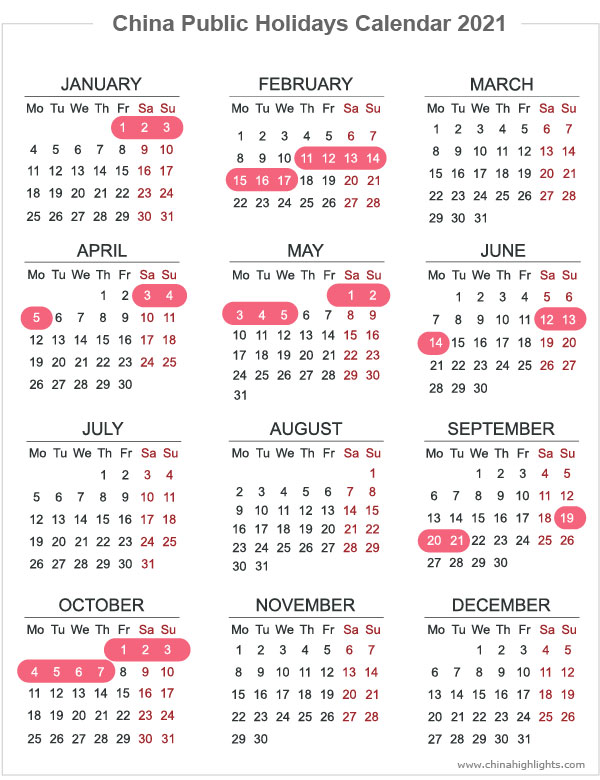
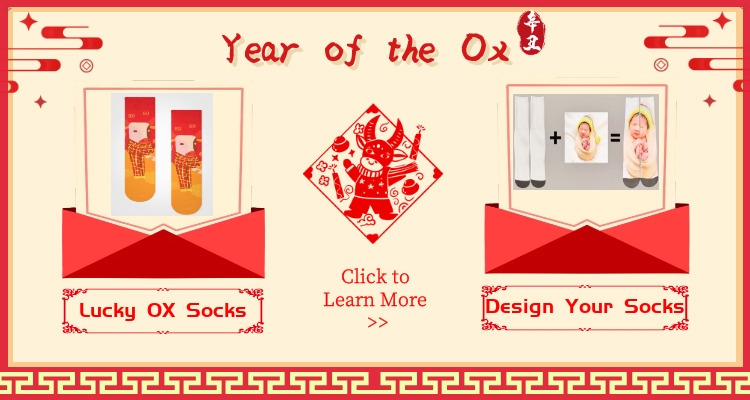


Recent Comments